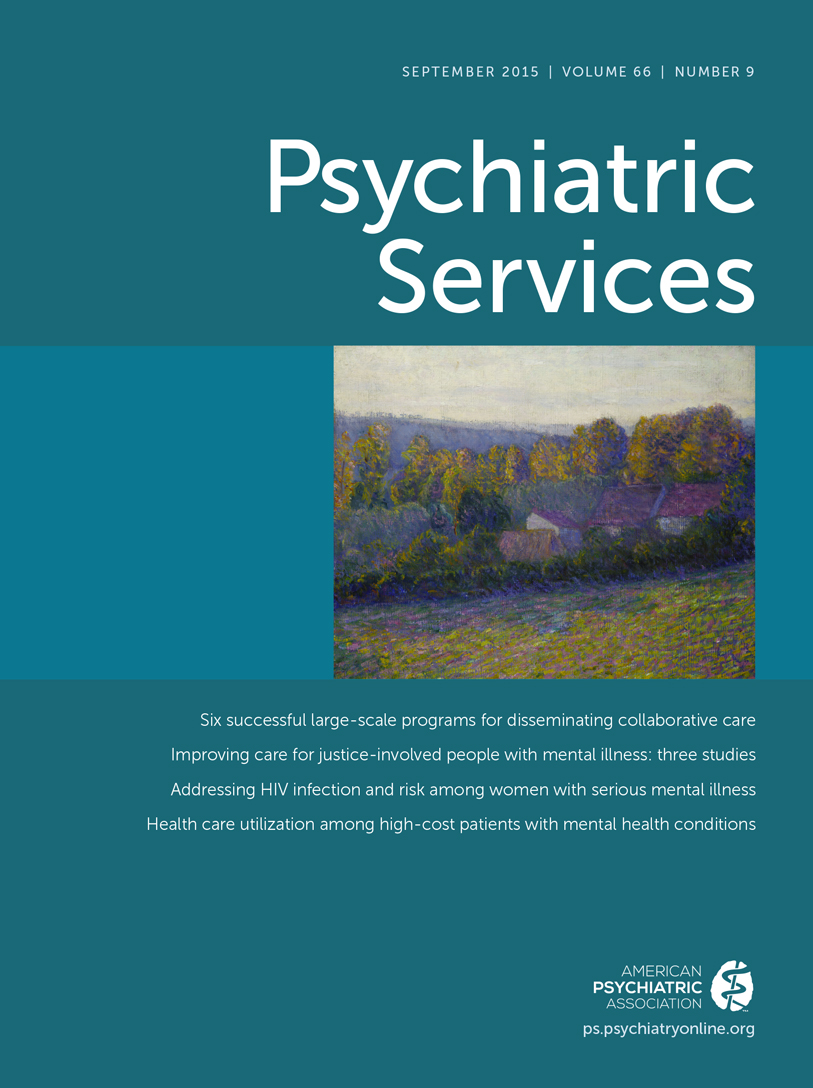Barriers to and Facilitators in the Implementation of Cognitive-Behavioral Therapy for Youth Anxiety in the Community
Abstract
Objective:
The study examined, from the perspective of therapists, the barriers to and facilitators in implementing cognitive-behavioral therapy (CBT) for anxious youths in community settings.
Methods:
Fifty therapists (43% of the original training sample of 115 providers) participated in a follow-up interview two years after training and consultation. They reported on barriers to and facilitators in implementation of CBT for youths with anxiety.
Results:
Qualitative analyses identified numerous barriers and facilitators, including client factors (for example, motivated clients facilitated the use of CBT, whereas clients with complex issues and numerous psychosocial stressors hindered its use), intervention factors (the structure of CBT helped facilitate its use for some providers, whereas others reported feeling constrained by such structure), and organizational factors (for example, the absence of support within one’s institution served as a barrier, whereas supervision supporting the use of CBT facilitated implementation).
Conclusions:
Findings of this implementation trial align with conceptual implementation frameworks and may guide the tailoring of future implementation efforts in order to overcome barriers and maximize facilitators.



